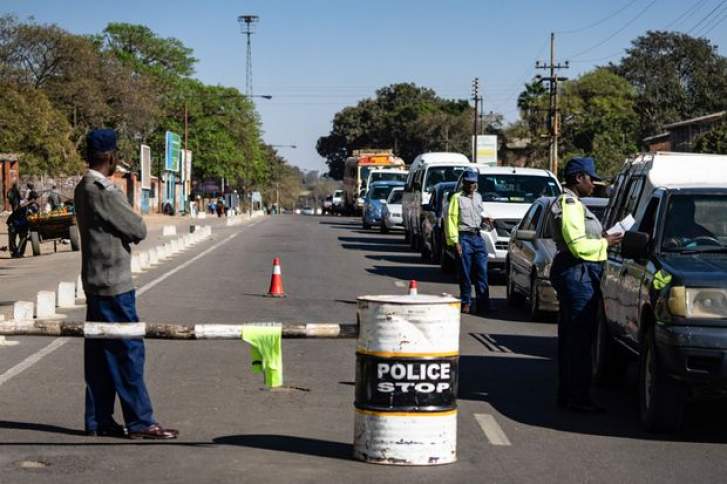Zimbabwe’s traffic management, especially in the capital Harare and other cities, is so bad and a source of deep frustration for many around the southern African country who continue to see rising numbers of deaths and injuries from accidents and lawlessness on the roads.
Despite high-level calls and promises by both central and local government authorities to heighten efforts to promote road safety and limit road carnage, Harare remains spectacularly chaotic with both small- and medium-sized private cars which offer public transport services breaking traffic rules as a matter of course.
The United Nations Secretary General’s Special Envoy for Road Safety, Mr Jean Todt, visited Zimbabwe in June this year (2024) to advocate for the effective implementation of the Global Plan for the Decade of Action for Road Safety 2021-2030, which aims to halve the number of victims on the road by 2030.
What about road accidents in Zimbabwe?
Statistics from the United Nations Road Safety Performance Reviews (RSPR) conducted in 2022 confirm Zimbabwe has not achieved the Sustainable Development Goal Target 3.6 to reduce road crash deaths and serious injuries by 50 percent by 2020.
The Traffic Safety Council of Zimbabwe has recorded 21,183 crashes and 860 fatalities between January and May 2024, this translates to 141,2 accidents and 5,73 deaths per day. This also represents a 12.6 percent increase from the rate of 125.4 (accidents per day) recorded in 2021.
What has caused the spike in road accidents?
- Disregarding road rules (Speeding, Dangerous overtaking)
- Driving under the influence of drugs
- Poor urban driving conditions
- The increase in vehicle population
- Driving without a license
- Poor post-crash response services
What about solutions to traffic management and road safety?
The UN Special Envoy, Jean Todt, underlined the following measures to help improve road safety in Zimbabwe:
- Traffic Education
- Enforcement of laws and regulations
- Ensuring roadworthy vehicles are in use
- Rehabilitation of roads
- Working traffic lights and visible road markings
- Investing in post-crash care
- Building the capacity for first responders
Sources
Traffic Safety Council of Zimbabwe
World Health Organisation
Related content
Do you want to use our content? Click Here












